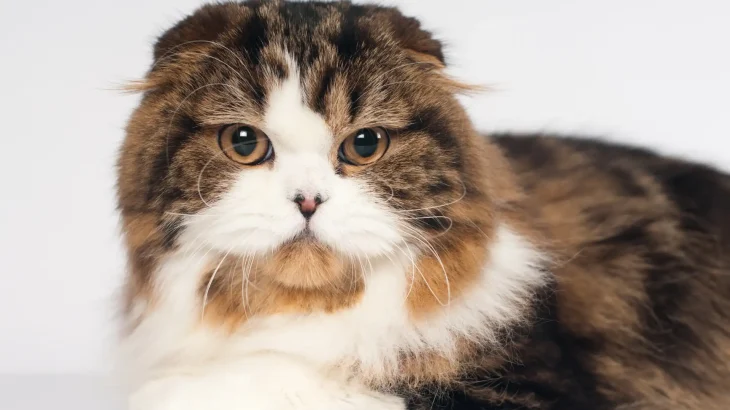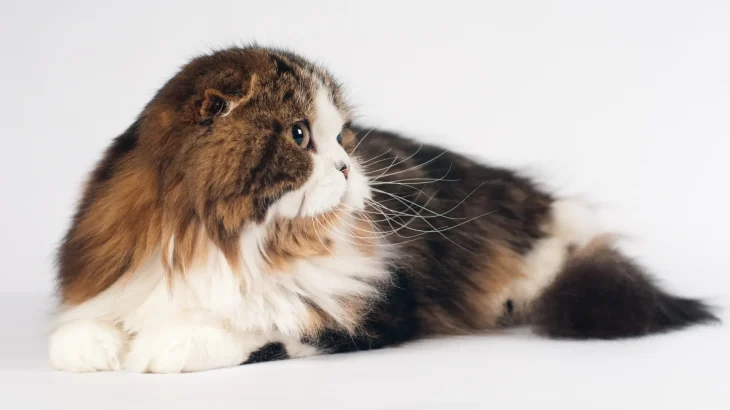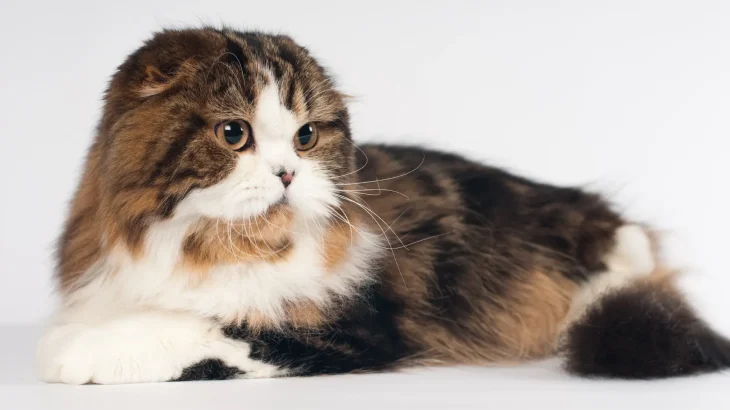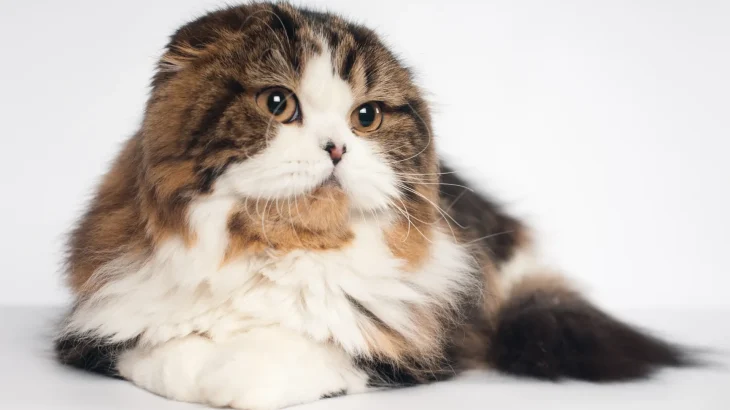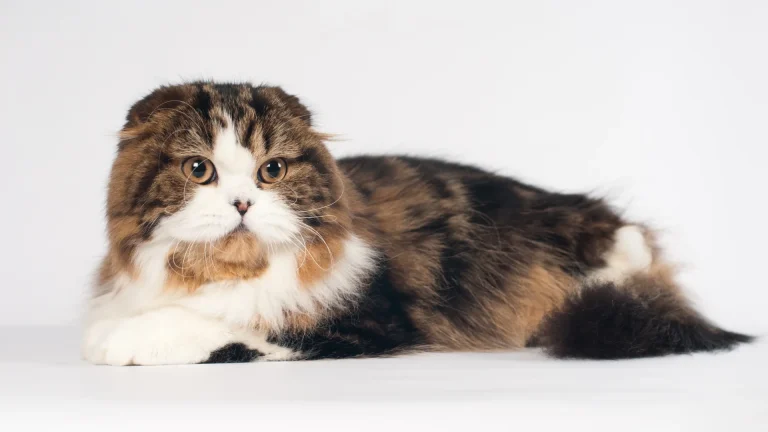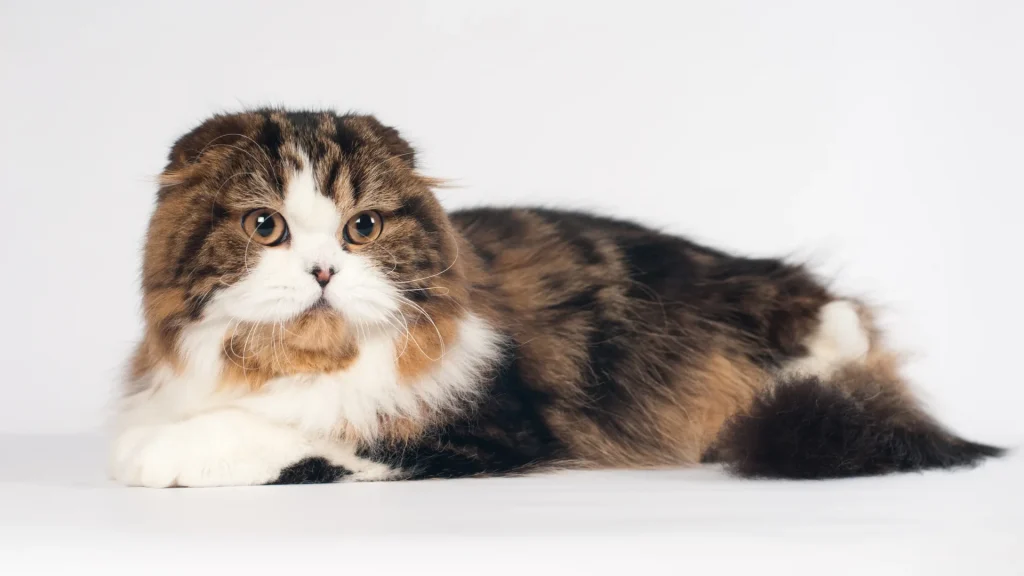Deciding between adopting or purchasing a Highlander kitten means weighing the benefits of getting a kitten with known lineage against giving a home to a cat in need. Buying from a breeder usually offers clear health and breed background info, while adoption often provides a wider age range and supports animal welfare.
| Criteria | Buying from Breeder | Adopting from Shelter/Rescue |
|---|---|---|
| Cost | Generally higher, reflecting breed purity and breeder reputation. | Usually lower adoption fees, making it budget-friendly. |
| Health History | Comprehensive health records and genetic screenings commonly provided. | Health history might be incomplete, but animals receive basic health checks. |
| Age Availability | Mainly kittens, ideal for raising from young age. | Varied ages including older cats, offering diverse choices. |
| Temperament Insight | Breeders can share detailed temperament traits from lineage. | Shelter staff provide behavioral observations, though background may be limited. |
| Supporting Practices | Supports ethical breeding programs focused on breed standards. | Helps reduce shelter populations and rescues cats needing homes. |
| Breed Purity & Pedigree | Clear documentation and pedigree verification available. | Breed purity often unknown; focus is on finding loving homes. |


